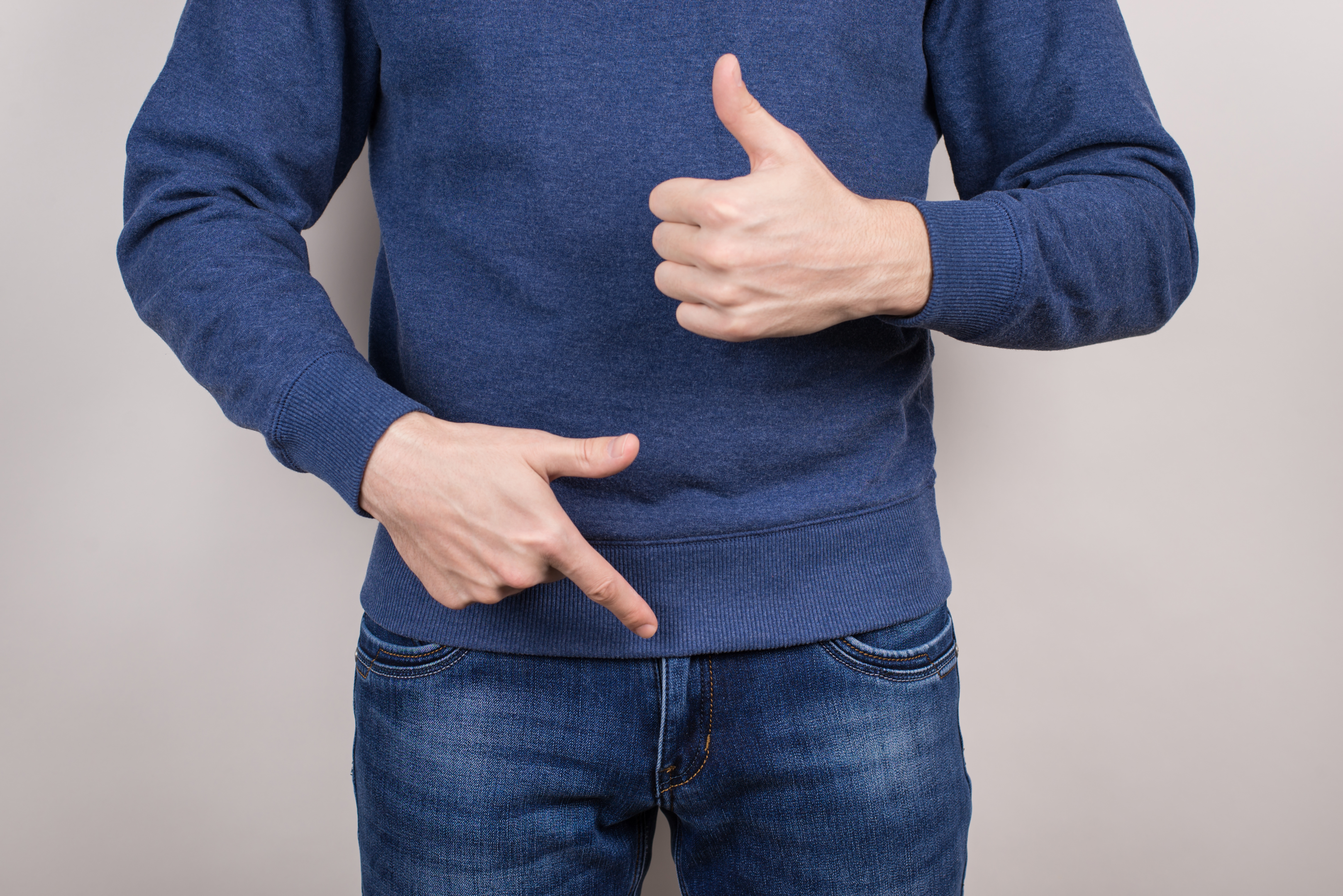Bump on Penis: The Usual Causes



A bump on the penis is not something that you should ignore. It could be an infection, skin condition, or even cancer. However, in most cases, it's generally harmless and nothing to worry about. This article will explain the most common causes of bumps on penises and how you can tell if something more serious is happening.
Pearly penile papules, or PPP, are small bumps on the head of the penis that can appear as only a few to hundreds of them showing on the skin. They are not harmful and do not affect your ability to have sex or urinate. The cause is unknown, but it's thought that these bumps are remnants of an infantile development stage in which the foreskin was attached to the glans.
Pearly penile papules tend to be found on uncircumcised men more often than on circumcised men. The reason is that this area is exposed and has more friction during intercourse with an uncircumcised partner (this does not mean you should break up with your current partner if this happens!). They may also appear after injury or trauma to the head of your penis—such as during sex or masturbation—or even after being caught in something like seat belts while wearing loose clothing.
Genital warts are a sexually transmitted infection (STI) caused by the human papillomavirus (HPV). They're usually painless but can be painful or itchy. You can treat genital warts with medication.
Wart-like growths smaller than 1/8 inch in diameter: These small growths may look like tiny pink bumps or flat, flesh-coloured patches on your penis shaft and foreskin, under your scrotum, around the anus or in other areas of your genitals. The larger they grow, however, the more noticeable they'll become—and the more challenging it will be to treat them with home remedies.
Flat lesions that resemble a cauliflower: These warts tend to develop on the bottom side of your penis shaft and around its base (in men who have uncircumcised penises). Suppose you have this type of genital wart. In that case, there's a good chance that getting rid of it won't require medical treatment at all. However, suppose these flat surface warts grow large enough to cause discomfort or embarrassment during sex. In that case, you should see a doctor so they can be removed surgically or frozen off with liquid nitrogen.
Other sexually transmitted infections can cause a bump on your penis. These include:
Genital herpes is caused by the herpes simplex virus and manifests in painful blisters around the genitals.
Genital warts (venereal warts) are small bumps that can develop on the penis or around it; they are caused by human papillomavirus (HPV).
Genital lice are tiny insects that live in pubic hair and lay eggs on it; these hatch into nymphs that begin feeding immediately before laying more eggs. Lice tend to be found in areas where many people have close contacts, such as locker rooms or military barracks.
Chancroid uses bacteria to cause painful sores around your genitals and anus. This disease is most common in tropical regions of Africa and South America. Still, it has also been reported in European countries such as Spain and Italy since 2005.

If you have a lump or bump on your penis, it could be a variety of things. You may notice tiny lumps or purple-red bumps on your penis. Some are harmless and can be seen as completely normal, while others can be serious. You should always consult your doctor if you have any concerns about the lumps or bumps on your penis.
In most cases, any bump on the penis is not harmful and goes away by itself in one to two weeks. Suppose a lump persists for more than two weeks or worsens after two weeks. In that case, it is crucial to visit a doctor immediately so they can properly diagnose what caused the lump and remove it if necessary.
Penile cancer is rare. It is most common in men over 50 and occurs in 1 out of 100,000 male births.
The main symptom of penile cancer is a lump or ulcer on the penis. Other symptoms include pain, bleeding from the tip of your penis and discharge from your penis. Swelling around the lymph nodes in your groin may also occur if you have it.
Penile cancer can be cured if it's diagnosed early enough. Still, it can be challenging to diagnose because many cases aren't painful until the late stages when they're harder to treat.
Viral skin infection
The herpes simplex virus (HSV) is an example of a viral skin infection. It usually appears on the penis as a small red bump with a white centre, which can be painful and itchy. A foul-smelling discharge from the area often accompanies this bump.
In most cases, these bumps are painless and do not require treatment. However, you should see your doctor if you notice any changes in size or appearance over time or if you experience pain when urinating or having sex.
You may have an ingrown hair or two caused by shaving or waxing the hair on your penis.
To treat this problem:
Wash with warm water and soap to open up the pores.
Use a razor bump tool to remove any skin that has grown over the ingrown hair.
You can also use a hair removal cream or gel to help eliminate it if you are experiencing any irritation or pain associated with this issue.
If these methods do not work for you, seek the advice of a professional dermatologist who may recommend another method, such as laser surgery, if they feel more drastic measures are needed to stop future growths from occurring.
Peyronie's disease is a condition that causes a hard lump to form on the penis. It is caused by scar tissue that forms in the penis and can cause pain, difficulty getting an erection, and bending of the penis. Treatments usually involve steroid injections into or around scar tissue. Still, doctors may require surgery if other treatments fail to work.
Sebaceous glands are tiny sacs that produce oil in your skin's outer layer. They're found all over the body but most prominent on the face and genitals.
The oil produced by sebaceous glands keeps your skin healthy by lubricating it and protecting against bacteria. It also helps ward off dryness and irritation from cold weather, harsh soaps, or detergents.
In most cases, a bump on the penis is nothing to worry about, such as a penile zit caused by oil, dirt, or skin cells. But if you are concerned or unsure, it's always a good idea to speak with your doctor.
If you think you might have an STI and want to get tested, see your doctor.
If the bump isn't causing any pain or itching, but it doesn't look normal or seems like it could be something serious (like warts), see your doctor.
If you start experiencing pain, discharge or bleeding around your penis after bumping into something in bed at night (this can happen when there's friction against one area), see your doctor immediately because this may be an infection that needs treatment right away.
We hope we've given you a better understanding of the many causes of bumps on the penis that would sometimes suddenly appears. If you think your child may have something wrong with their genitals, or if you want to check for signs of infection yourself, it is essential to get them checked by a health professional.
To learn more about men's health issues, read through our Men's Health Hub page here.










Plus get the inside scoop on our latest content and updates in our monthly newsletter.